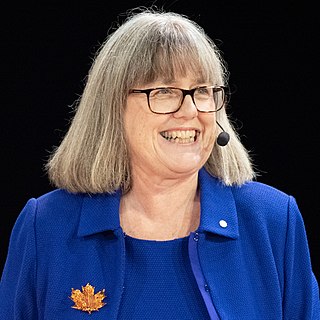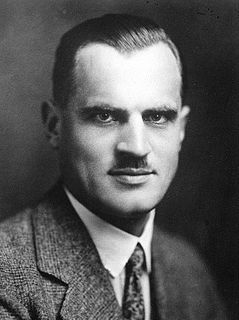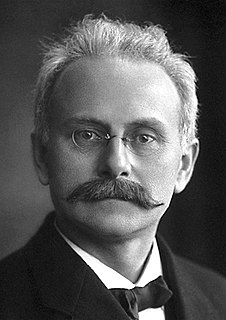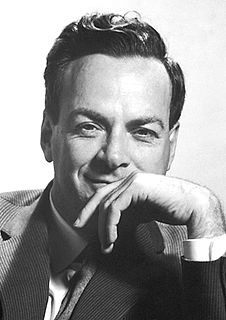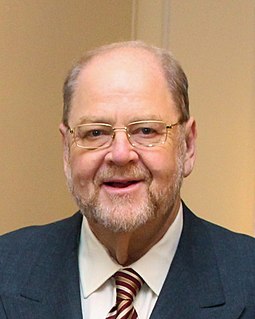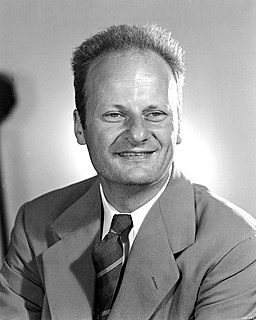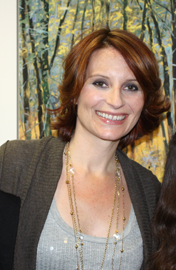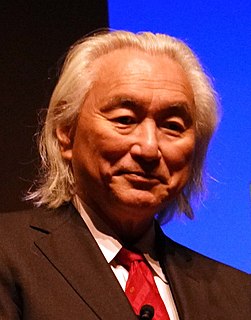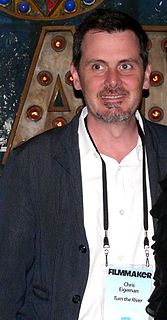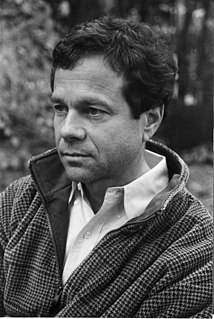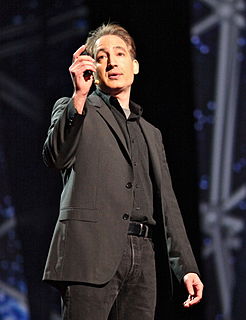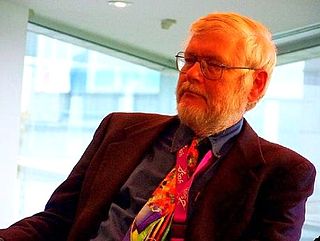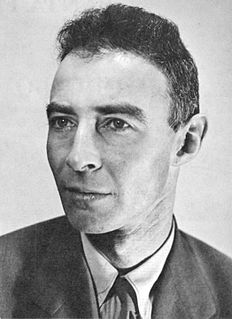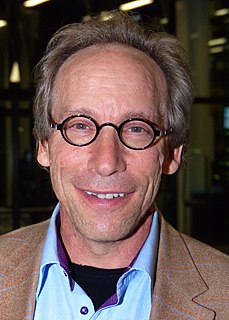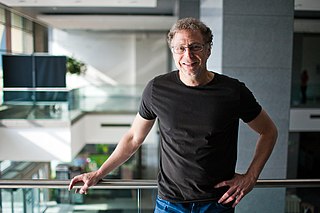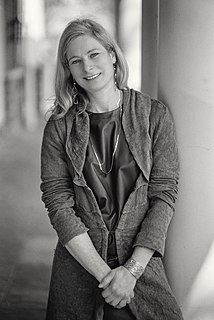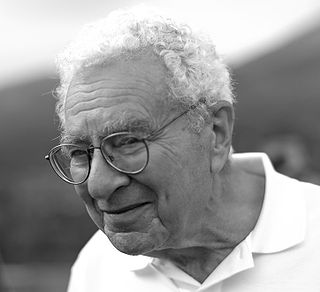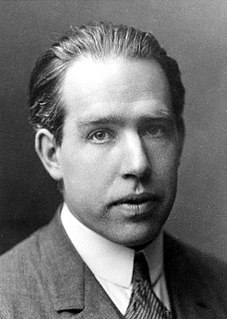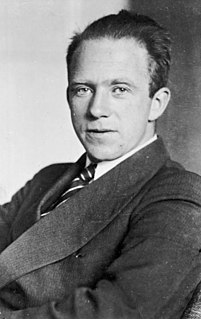A Quote by Donna Strickland
For her PhD, Maria Goeppert Mayer, a theoretical physicist, came up with the idea of multi-photon physics. That means an atom absorbs two or more photons simultaneously.
Related Quotes
The story is told of Lord Kelvin, a famous Scotch physicist of the last century, that after he had given a lecture on atoms and molecules, one of his students came to him with the question, "Professor, what is your idea of the structure of the atom." "What," said Kelvin, "The structure of the atom? Why, don't you know, the very word 'atom' means the thing that can't be cut. How then can it have a structure?" "That," remarked the facetious young man, "shows the disadvantage of knowing Greek."
There are photons that have been traveling for 30,000 years, and I'm... snatching them from this journey and planting them into my digital detector. And then I started feeling bad for the photon, and I said maybe it wanted to continue but I got in its way. But then I said, no, those are probably happier photons than the one that slammed into the mountainside that will go unanalyzed and will not contribute to the depth of our understanding of the universe.
No one any longer pays attention to - if I may call it - the spirit of physics, the idea of discovery, the idea of understanding. I think it's difficult to make clear to the non-physicist the beauty of how it fits together, of how you can build a world picture, and the beauty that the laws of physics are immutable.
I vowed to myself that when I grew up and became a theoretical physicist, in addition to doing research, I would write books that I would have liked to have read as a child. So whenever I write, I imagine myself, as a youth, reading my books, being thrilled by the incredible advances being made in physics and science.
